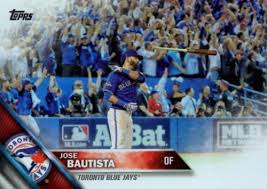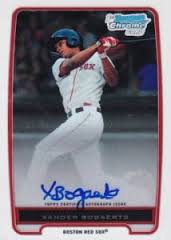Whether you fancy yourself a baseball historian or a baseball fan with at least a remote interest in the game’s glorious history, Charles Leerhsen’s Ty Cobb: A Terrible Beauty is an absolute must read.
Leerhsen’s wide-ranging reporting and storytelling skills are on full display as he debunks the myths and sheds light on the complicated but brilliant career of Ty Cobb. Most of what we knew about Cobb was written in 1961 by biographer Al Stump, a man who seemed to have a personal grudge against the highly toxic Cobb. Looking for a quick profit and instant fame, Stump did not allow the truth to interfere with a sensational story. Many of Cobb’s digressions — and there were many — were greatly exaggerated to make for a better read.
Leerhsen looked deeper into the myths and embellished stories surrounding Cobb. His account of the Georgia Peach is based on information derived from tireless research and interviews. What he found was a flawed, complicated man with unfathomable determination who happened to be one of the greatest baseball players to ever live.
What Leerhsen does best is put Cobb’s life story in perspective with baseball and American life during the rough and tumble times of the early 1900s. Cobb was a smart, young upstart athlete from the south, a fierce competitor who rubbed many the wrong way. He found rookie hazing unacceptable, which did not sit well with veteran teammates. His aggressive, hard-nosed approach to the game threatened teammates who feared losing their jobs and opponents who were being tested in new ways.
During a time when disputes were often settled with fists both on and off the playing field, Cobb had his share of fisticuffs with teammates, opponents, umpires, groundskeepers, hotel staff and even fans — or “cranks” as they were called back in the day. Leerhsen explains how some of these stories were true, others greatly exaggerated, and some completely false. He sheds light on how Cobb struggled with being the first celebrity athlete; the most famous athlete beyond his hometown; the athlete the President wanted to meet.
We may never know all the facts surrounding Cobb’s life, but Leerhsen’s meticulously researched account gives baseball fans much to think about regarding the first player elected to the Hall of Fame and how he helped to shape baseball’s “Deadball Era.”



 Sox Hall of Fame outfielder from the deadball era did something nearly as remarkable — some might say even more remarkable.
Sox Hall of Fame outfielder from the deadball era did something nearly as remarkable — some might say even more remarkable.
 a sets of the early to mid 1990s. A faint smokey effect on opposite corners of the base cards seems to enhance the photo and adds to the modern design. Additionally, a diagonal team logo is placed in the corner alongside a small text box at the bottom.
a sets of the early to mid 1990s. A faint smokey effect on opposite corners of the base cards seems to enhance the photo and adds to the modern design. Additionally, a diagonal team logo is placed in the corner alongside a small text box at the bottom. The series also pays homage to late Topps patriarch Sy Berger and the history of Wrigley Field with special subsets. The 65-card “Berger’s Best” subset features an iconic card reproduced from each year since 1952. The “100 Years of Wrigley Field” features 25 of the most memorable Chicago Cubs moments.
The series also pays homage to late Topps patriarch Sy Berger and the history of Wrigley Field with special subsets. The 65-card “Berger’s Best” subset features an iconic card reproduced from each year since 1952. The “100 Years of Wrigley Field” features 25 of the most memorable Chicago Cubs moments.


 Last offseason, Jon Lester took his two World Series rings and boto Chicago after Henry told the world that spending lavishly on a 30-year-old pitcher was not sound business. Today, the 30-year-old Price is on the verge of becoming the highest paid pitcher in the history of baseball.
Last offseason, Jon Lester took his two World Series rings and boto Chicago after Henry told the world that spending lavishly on a 30-year-old pitcher was not sound business. Today, the 30-year-old Price is on the verge of becoming the highest paid pitcher in the history of baseball.